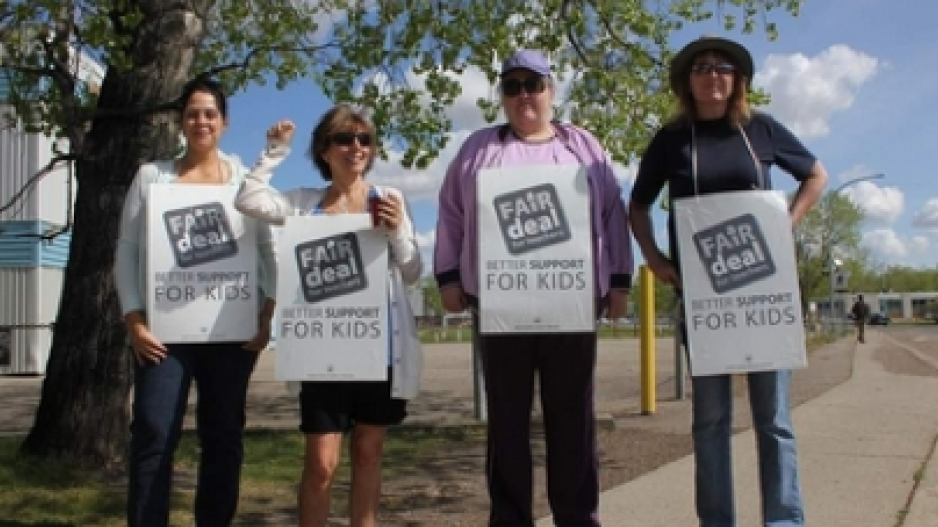One of B.C.’s most prominent labour organizations will need to continue to reach beyond its traditional union base to remain relevant, and appealing to youth is going to continue to be a challenge.
That’s according to the BC Federation of Labour’s (BCFL)outgoing president, Jim Sinclair, who has headed the organization for the last 15 years. Sinclair announced he won’t be seeking re-election as president on November 27 during the organization’s November 24 to 28 convention.
Sinclair told Business in Vancouver he would be taking some time off before looking for another project.
A 2013 Business Council of British Columbia white paper found that union “density” – the proportion of paid workers protected by a collective agreement – dropped by five percentage points in B.C. between 1997 and 2012, compared with the national average decline of three percentage points.
In 1997, overall union density in B.C. stood at just over 36%; by 2012, it had dropped to 31%. Union membership fell most dramatically for private sector workers: in 1997, 24% of private sector employees held union membership, compared with 18% in 2012.
“We in the BC Fed need to work on that and make it higher, but at the same time we need to be a voice for those people who don’t have a union,” said Irene Lanzinger, a former president of the British Columbia Teachers’ Federation who is one of two candidates seeking the BCFL’s leadership.
Sinclair pointed to several high-profile cases involving non-unionized workers where the BCFL had advocated for improved health and safety conditions, including when three workers died in 2008 at a Langley mushroom farm as a result of unsafe working conditions or a 2007 van accident that killed three farm workers.
Sinclair said the organization’s work on raising the minimum wage is another example of the BCFL advocating on behalf of all workers. In 2011, the provincial government began gradually raising the minimum wage to $10.25 an hour after a decade in which it remained at $8.
“Most of our members make [above] the minimum wage, but 200,000 people who made less than $10 an hour got a pay increase,” Sinclair said.
The BCFL is now lobbying for a $15-an-hour minimum wage.
Sinclair acknowledged that a huge challenge for unions will be to organize young workers, many of whom work in service sectors that have not traditionally been unionized.
Young people are currently one of the least unionized groups, said Marjorie Griffin Cohen, a professor of political science at Simon Fraser University.
“Our economy has been shifting so that there are more and more people working in jobs for small employers or in jobs that traditionally have not been full-time jobs, like in the retail and accommodation sectors,” Cohen said.
“They are harder places to unionize, and young people have less experience with trade unions.”
Sinclair said the trade union movement will have to continue to work with other activist organizations, church leaders and environmental groups to get results.
He added that unions can take a page from huge multinational corporations that have long understood the power of branding.
Unions should have equally powerful brands; conversely, campaigns that target a corporation’s brand can be successful.
During the recent year-long strike at a Richmond Ikea store, the federation helped send a delegation to Sweden to Ikea headquarters.
“When a company makes $4 billion in profit, how do you win?” Sinclair said. “You can’t win it store by store. You have to win by targeting their brand.”
@jenstden




